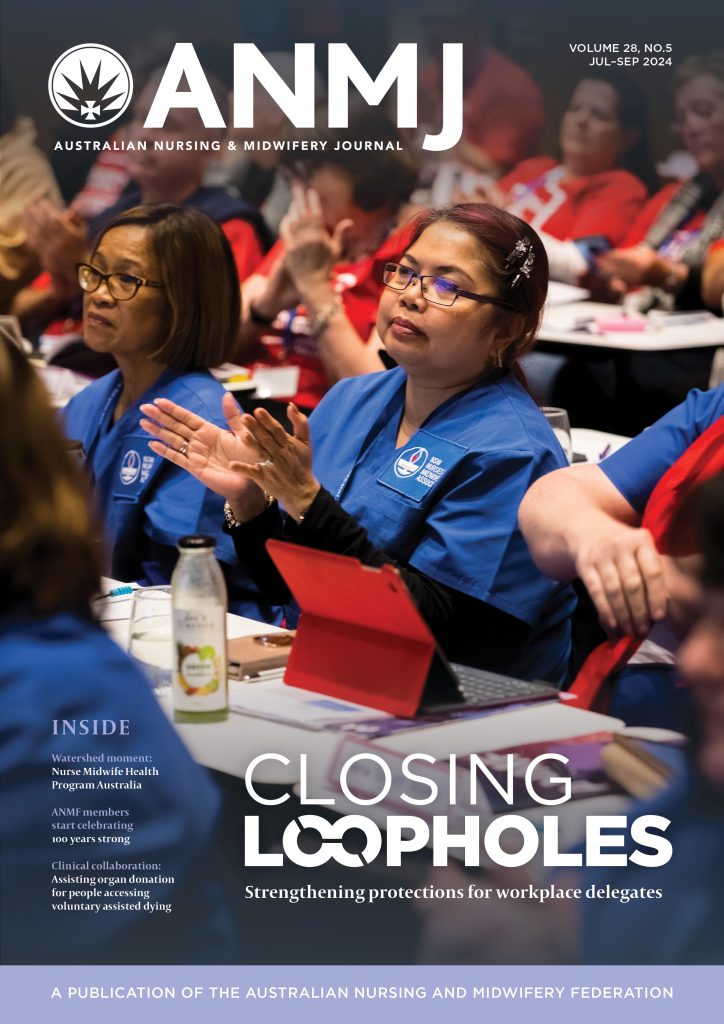The Victorian government has pledged $40 million to help cover the cost of introducing minimum staff-to-resident ratios in private aged care as long as the Commonwealth government – the primary regulator and funder of the sector – also comes to the table.
The commitment was announced as part of the 2020-2021 state budget, released yesterday.
Describing the proposal as an ‘Australian first’, the Victorian government said the introduction of staff to resident ratios in private and not-for-profit aged care facilities would vastly improve the quality of care and bring them into line with the state’s public aged care sector.
Victoria was the first state in the country to implement nurse-to-resident ratios in its public sector residential aged care homes, with the reforms ensuring residents receive the best care possible.
“Ratios are vital in our public aged care system, and we want the Commonwealth to join us in making sure they exist in every single facility in Victoria,” said Minister for Disability, Ageing and Carers, Luke Donnellan, in a statement.
“We’re continuing to modernise and upgrade public residential aged care services right across our state – because we know it means keeping staff and residents safe.”
The budget commitment prompted the Australian Nursing and Midwifery Federation (ANMF Victorian Branch) to call for state and territory governments to take over residential aged care to ensure ‘nursing homes are truly integrated with their own public and private health services’.
“The brutal lessons of COVID-19 tell us Victorians need one integrated health system,” ANMF (Victorian Branch) Secretary Lisa Fitzpatrick said.
The union and its members have long campaigned to address systemic understaffing in private aged care. It is urging the federal government to follow the Victorian government’s lead and support the funding of mandated, minimum nursing levels to care for residents, before handing an appropriately funded system over to states and territories to run.
Victoria has 612 private aged care homes, including 284 not-for-profit and 328 private for-profit facilities. There is 156 public residential aged care facilities and aged care wards (5,609 beds).
According to the union, there have been 655 COVID-19 related deaths in Victorian private residential aged care, a sector regulated by the federal government which has no law mandating the minimum number of nurses or carers rostered on each shift.
Conversely, just three residents contracted COVID-19 across Victoria’s state-run aged care facilities, with no deaths. The state-run facilities have legislated ratios of one nurse to seven residents, plus a nurse in charge, in the morning, one nurse to eight residents, plus a nurse in charge, in the evening, and one nurse to 15 residents overnight.
“Market forces have failed private aged care residents so the ANMF welcomes the Andrews government’s continued investment in public aged care with $134.6 million for a dementia-friendly, 150-bed residential aged care facility attached to Monash Health. Another $900,000 will be spent on the designing and planning of a 90-bed public care facility in Coburg,” the union said in a statement.










5 Responses
What qualifications should a nurse in charge have especially at weekends and overnight in a public aged care home of 130 residents.
Aged care residents mostly pay significant amounts towards their care.they often receive less than adequate care because the amount used towards nursing care is not mandated.I spent 30 years as a registered nurse in good nursing home,but watched care being gradually dumbed down. Rates of pay are significantly less than in public hospitals WHY? Nurses have.the same qualifications and residents often have Complicated care needs. Pca,s don’t rate.
I work in a facility which has 1 PCA to 13 residents; 1 to 20 residents; 1 to 28 residents and 1 to 39 residents overnight. Many staff feel that the largest section has an unfair workload but trying to get agreement on having sone rooms for night shift purposes transferred to the section with 20 residents to look after proved difficult. How can aged care be made to work in the best interest of residents when even a simple and logical change which would make it easier for staff to give adequate care is difficult to achieve.
Things are changing in aged care facilities, they have been cutting down lifestyle program, so cut staff in those programs, they cutting as well staff in kitchen and laundry, and say putting more PCA carrers and asking those staff to do more and cover the things that those staff that lost there job was doing. I can see more burn out from carrers in age care than before the changes, and staff not no replaced as they call sick, the government trying to fix things does not understand how it work as they behind there computer looking at graph and they not on the floor doing the job you can’t rush elderly people as that’s what case heaps of skin tear or bruises there more risk of falls as you keep rushing it’s not a factory you dealing with people and everyone is different some need more time than others some need 2 to 3 staff for all their Adls. The government says they put more staff but they don’t say that other places have been cut down. They trying to make all of us think it’s improving but the mental health of those people living there is going down as programs their joy of everyday have been cut, hope they wake up before it keeps going down
Thanks for your feedback . I’ll foward it to the ANMF staff.